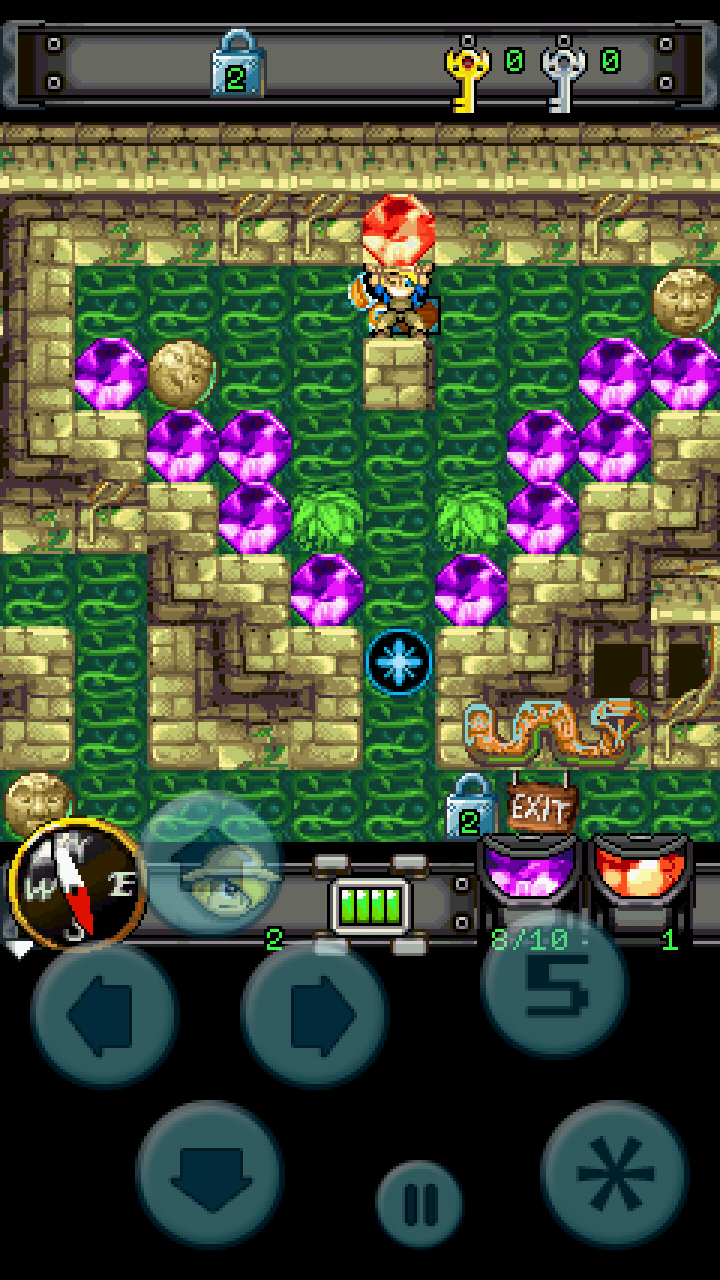

īy late 2008, mining was being carried out by soldiers, using local villagers for forced labour. They've all got a vested interest in chaos. Speaking anonymously, a Harare-based diplomat saidĪ lot of leaders of the political regime are involved in trading. Īlthough the official plan was for the government to mine at Marange, in practice mining has been carried out to the benefit of senior government and Zanu-PF officials and those close to them, with little income returned to the government. The miners initially sold their diamonds to the government, but a black market rapidly developed, offering better prices. By mid-December 2006, around 10,000 illegal artisanal miners were working very small plots at Marange, and an immediate water, sanitation and housing crisis developed. History Mineral rush Ī mineral rush began in September 2006, but accelerated following the government take-over. Anjin is a joint venture between the Chinese firm Anhui Foreign Economic Construction Group (AFECC) and the Zimbabwe Defence Industries. Anjin began operations at Marange on 1 March 2019 subsequently taking over the highly profitable "Portal B" at Marange from ZCDC. Anjin Industries was revived, and was named one of the companies. On 4 December 2018, the Zimbabwe Cabinet approved a new "Zimbabwe National Diamond Policy" (ZNDP) which allowed four companies to participate in diamond exploration and mining at Marange. They lost the law suit, and ZCDC took over the Marange fields. Three companies sued the government over the required merger, including Anjin Industries. Marange Resources, Gyne Nyame and Kusena were immediately merged. However, in 2015 all diamond mining companies in Zimbabwe were forced to quit mining or merge into the newly-created Zimbabwe Consolidated Diamond Company (ZCDC), which replaced the ZMDC. The seven companies then operating were: Marange Resources, Anjin Investments Ltd., Diamond Mining Company, Gyne Nyame Resources, Jinan Mining Ltd., Kusena Diamonds, and Mbada Diamonds. All seven of the private companies were allegedly affiliated with Zimbabwe ex-military or political officials. Īs of February 2014, the diamond fields were operated by seven private entities, all of which are partnered with the Zimbabwe government under the affiliate Zimbabwe Mining Development Corporation (ZMDC). In September 2010, the Zimbabwe High Court formally revoked a ruling from a year earlier that restored mining rights to British-based, African Consolidated Resources Plc. In April 2010 the High Court of Zimbabwe ruled that the government could sell diamonds from Marange as it dismissed an application from British-based African Consolidated Resources to stop diamond sales from the disputed fields.
#Diamond rush secret stage 2 trial
In December 2006, the company was readying trial mining operations when the Government of Zimbabwe took over the rights via the Zimbabwe Mining Development Corporation, despite African Consolidated Resources winning a court case allowing them to continue mining. Production from Marange is controversial due to ongoing legal wrangles and government crackdowns on illegal miners. Their EPO expired in 2006 and exploration rights were taken up by British-registered African Consolidated Resources. 4 Global Witness Quits Group on ‘Blood Diamonds’įrom the early 1980s, De Beers held an Exclusive Prospecting Order (EPO) over Marange via their subsidiary Kimberlitic Searches Ltd.

While some diamond mines produce rough valued at over $1000 per carat, average production at Marange is estimated at under $50 per carat.

Marange is estimated to have produced 12 million carats in 2012, 8.7 million carats in 2011, and 8.2 million carats in 2010. In terms of carats produced, the Marange field is the largest diamond-producing project in the world, estimated to have produced 16.9 million carats in 2013, or 13% of global rough diamond supply. Production from Marange is controversial due to ongoing legal wrangles and government crackdowns on illegal miners and allegations of forced labour. The hugely prolific fields are regarded by some experts as the world's biggest (in carats, not by value) diamond find in more than a century. 'Although estimates of the reserves contained in this area vary wildly, some have suggested that it could be home to one of the world's richest diamond deposits'. The Marange diamond fields are an area of widespread small-scale diamond production in Chiadzwa, Mutare District, Zimbabwe. Location of the Marange diamond fields roughly 90km south west of Mutare.


 0 kommentar(er)
0 kommentar(er)
